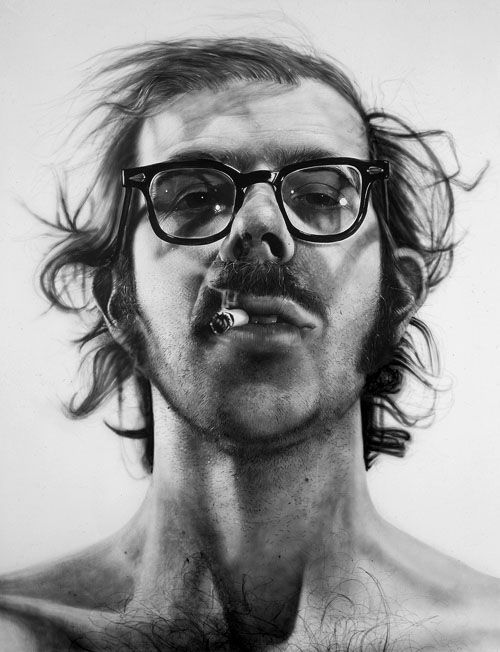Practices of Looking Chapter 1
- cbcarpen
- Aug 31, 2020
- 3 min read
Updated: Aug 31, 2020
The chapter starts by making a distinction between seeing and looking. According to the text, seeing is something we do involuntarily. We see things at all times of our waking consciousness. Looking on the other hand, is a voluntary action that we do when we want to give meaning to something. The author then goes on to talk about representation and what it means, specifically in the arts. For instance, an artist can choose to represent a real world object such as a wine glass or a specific person. Artists can also choose to represent abstract concepts such as emotions like love or sadness. But we have to remember that all the images we see are exactly that -- representations. A painting might look like ripe fruit and a glass of wine but what you are actually seeing is simply paint on canvas. One of the examples used in the text which draws attention to this concept is Rene Magritte’s painting, The Treachery of Images. In this painting, he paints a pipe and juxtaposes that with text that translates to “this is not a pipe”. He is bringing attention to the fact that even though this image looks like a realistically rendered pipe, it’s not a pipe, for it is just paint on a canvas. The author then comments on photography. Photography is the closest thing we have that perfectly captures something’s likeness. A camera can perfectly recreate reality. But as the author points out, even photography is not free of human bias. The photographer always gets to decide what they are showing and what they are not showing and then how they want to edit that piece. So even a tool that can perfectly replicate reality can be given meaning. Artists and photographers alike can shape images to display certain narratives. These narratives have the capacity to be false and can misrepresent certain peoples and cultures. These images can further be manipulated to support a certain ideology and can be made into propaganda. The cultural context should also be kept in mind when viewing images. The context can completely change a piece’s meaning, so it’s important to be aware of what is happening in the world presently and what was happening during the time a picture was taken. The author then talks about how we interpret an image. According to Roland Barthes, anything we see can be referred to as a “sign”. A sign has two parts associated with it, the signifier and the signified. The signifier is what you are actually seeing, such as a burning car. The signified is the meaning behind the piece. In the same example used in the book one signified meaning from an image of a burning car is the concept of terrorism. However this meaning can change depending on the context, but the signifier always stays the same. The context of say a piece of art can also affect how we assign value to that art object. One example of this is when certain works from well known artists will be valued much higher than works of art by lesser known artists. Furthermore, the context of an image and the fame of certain images can turn images into icons. An icon is something that represents, in this case, a period of time or event. People can see the image of a student standing in front of a row of tanks and they will immediately remember that the context of this piece is the Tiananmen Square massacre. Context and how we interpret images is a very important concept to understand, both for artists making art, and people viewing art and photographs.

The image I chose is a self portrait by the artist, Chuck Close. The signifier of this piece is pretty self explanatory. It is a photorealistic drawing of the artist himself. The signified however, depends on the context. Someone might say the meaning of this piece is simply a technical exercise, or maybe someone would say that it is meant to capture the emotion of the artist and is a way for the artist to portray himself in the way he chose. But once you learn of the context surrounding, the artist that signified meaning changes. Chuck Close suffered from face blindness, he couldn’t recognize people from their face alone. Therefore, Close used art and photorealistic portraits as a kind of therapy. Therefore, the context completely changes the meaning of this piece.

Comments